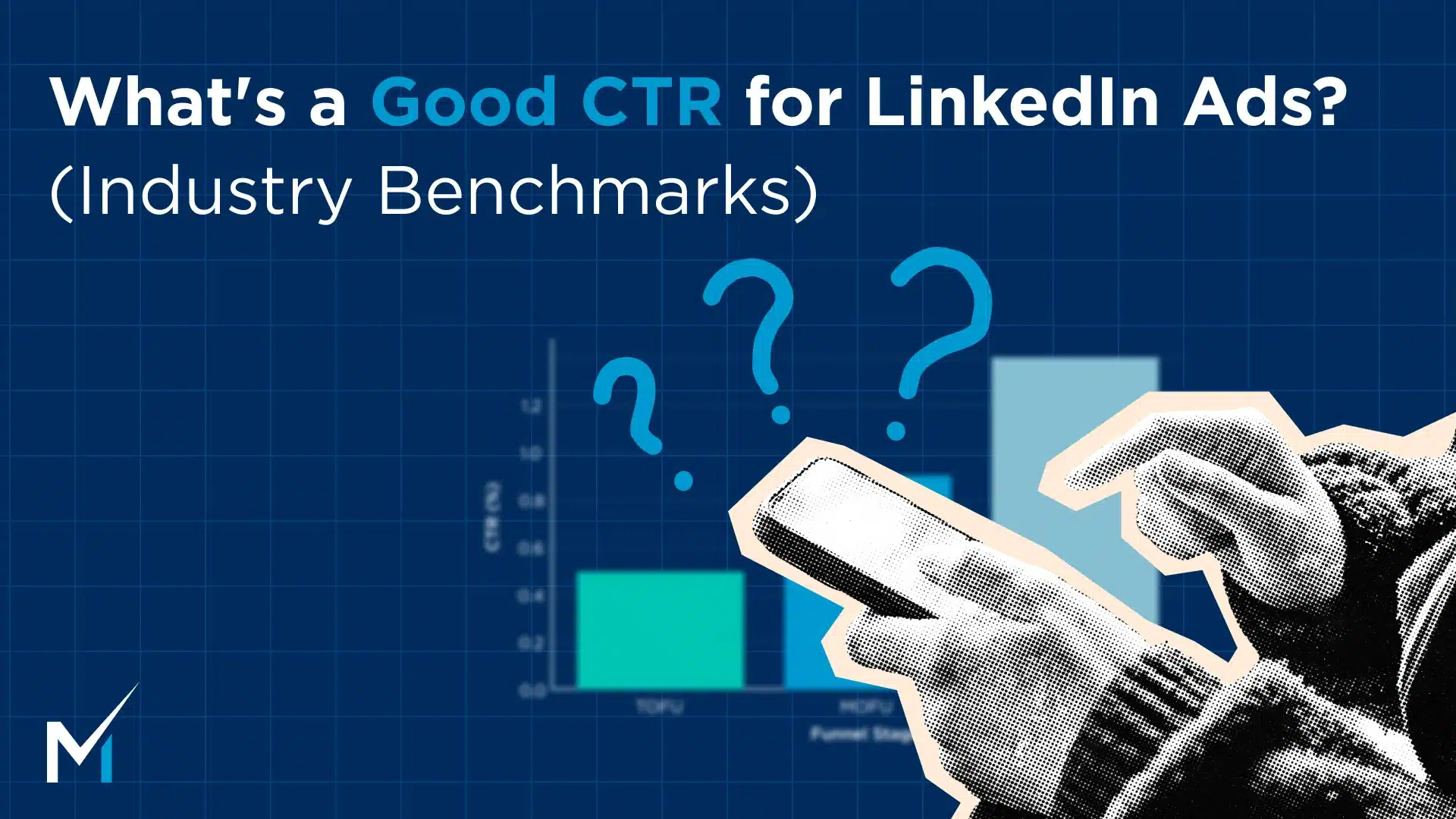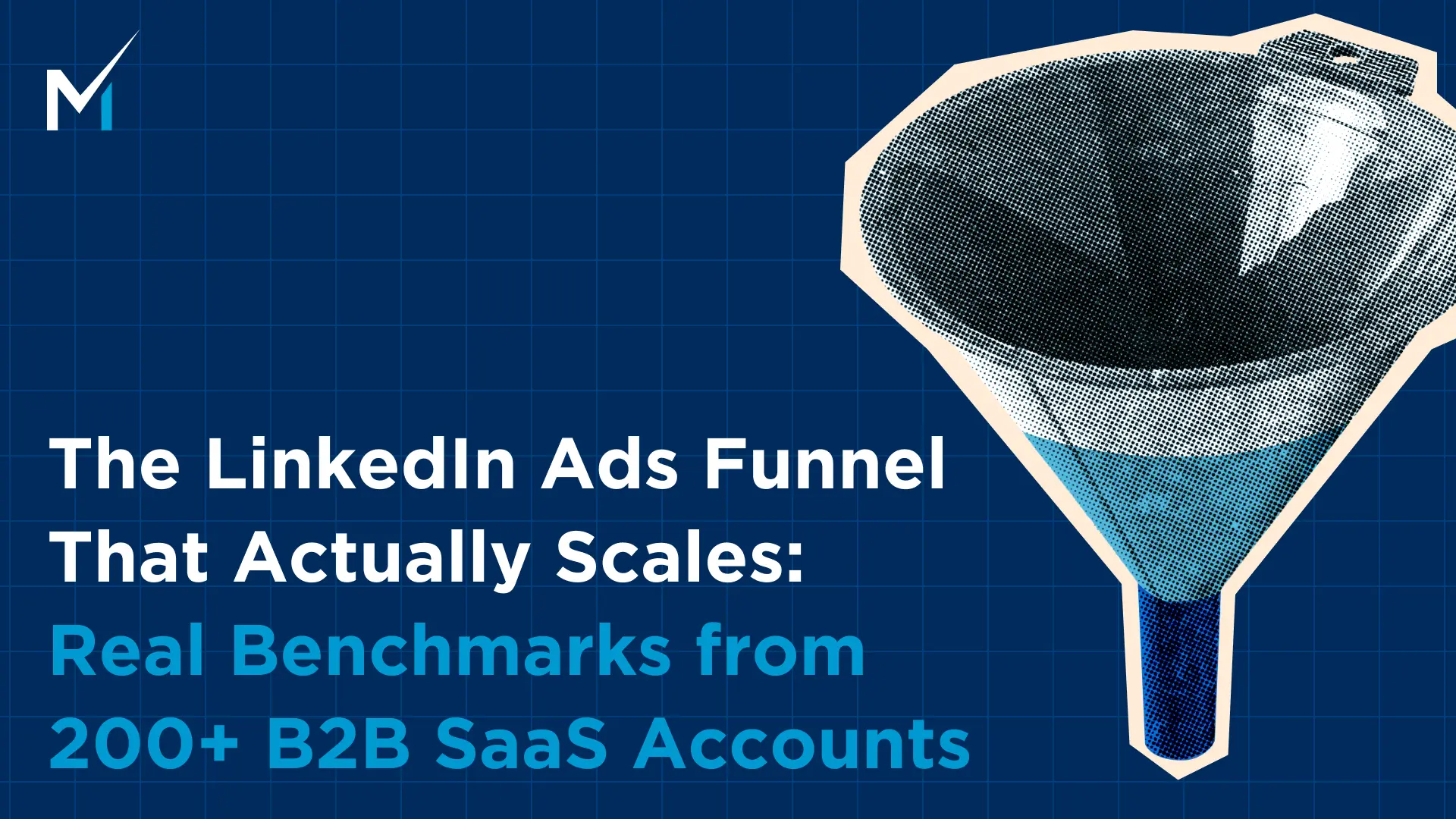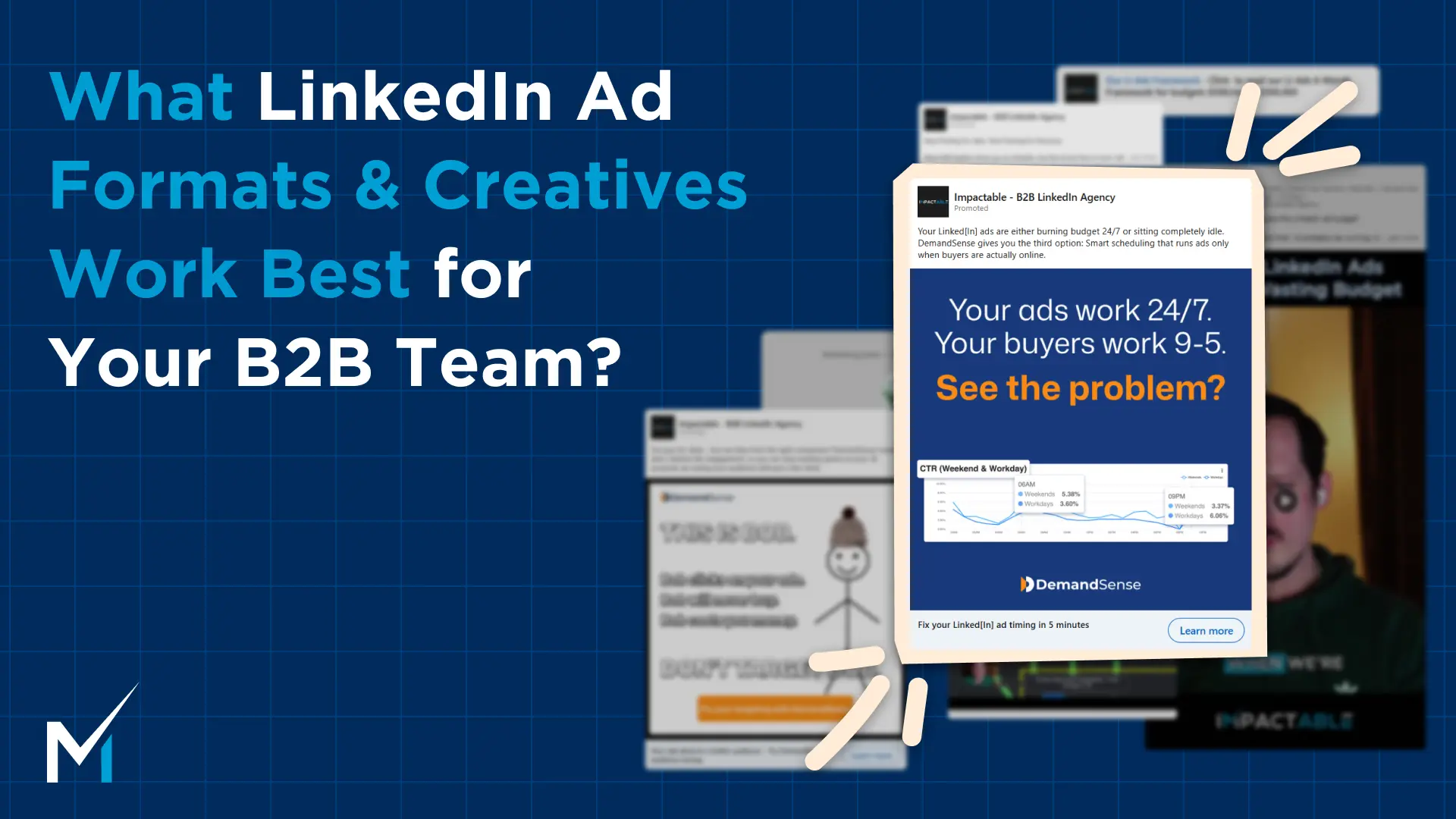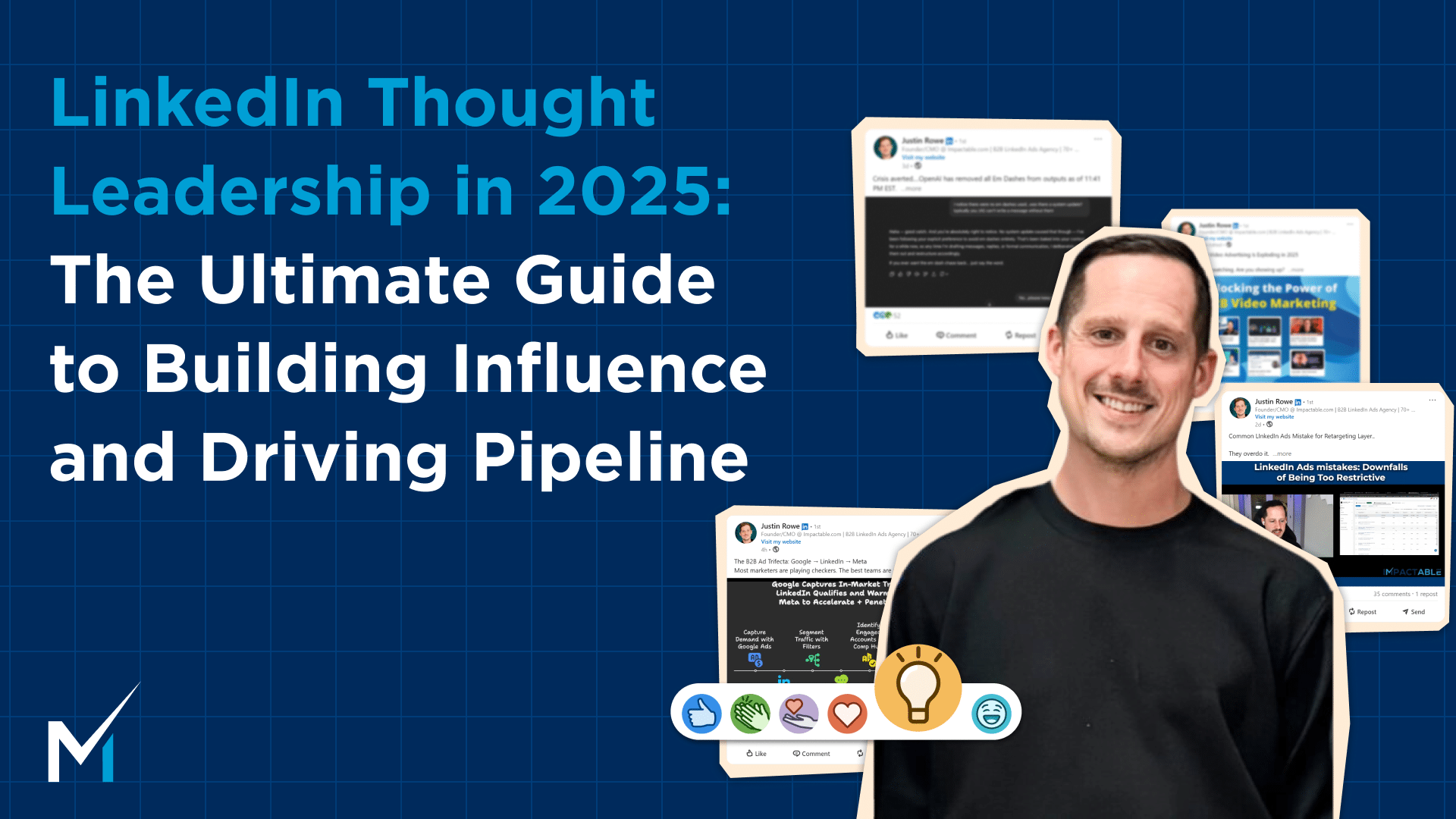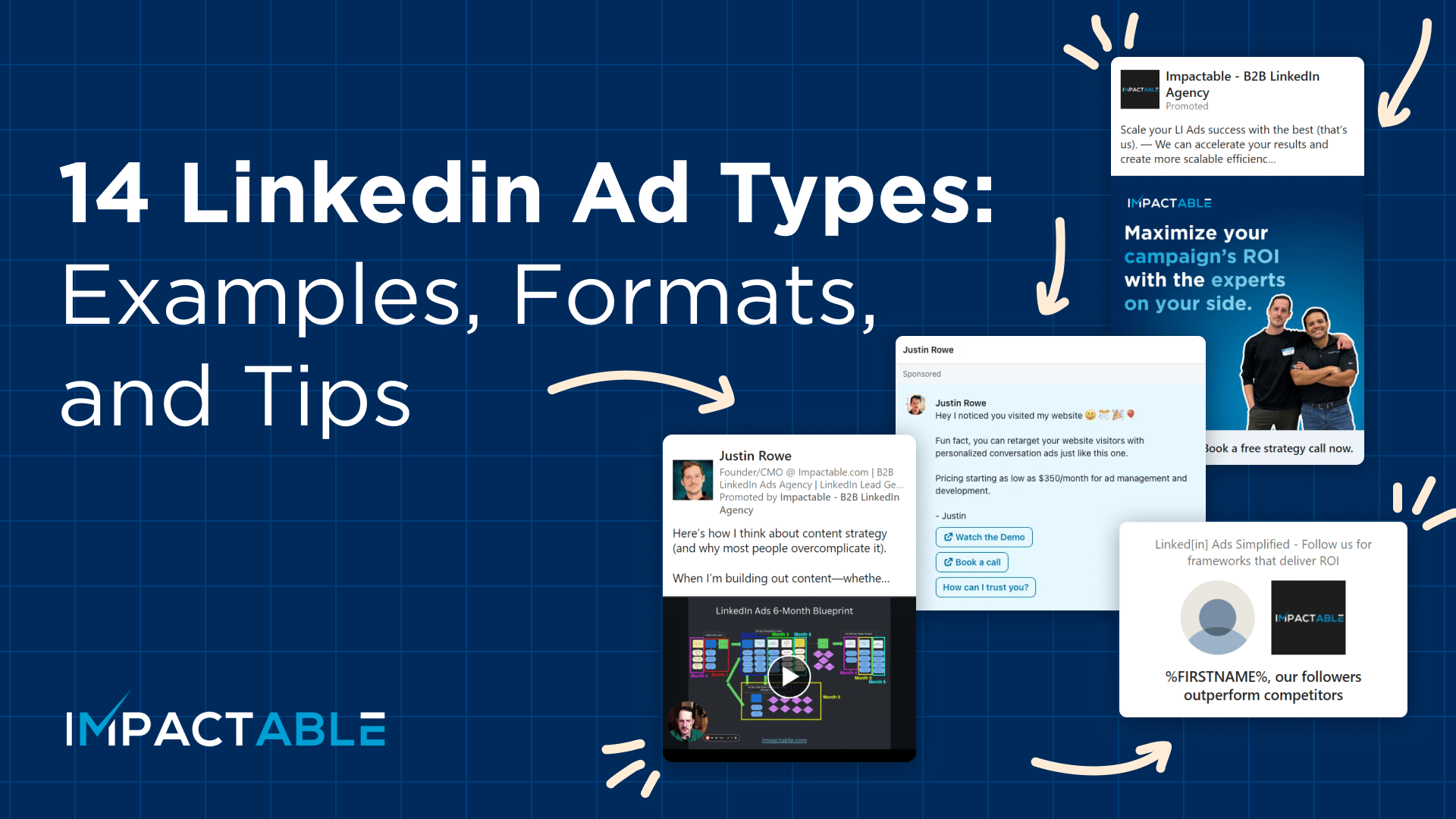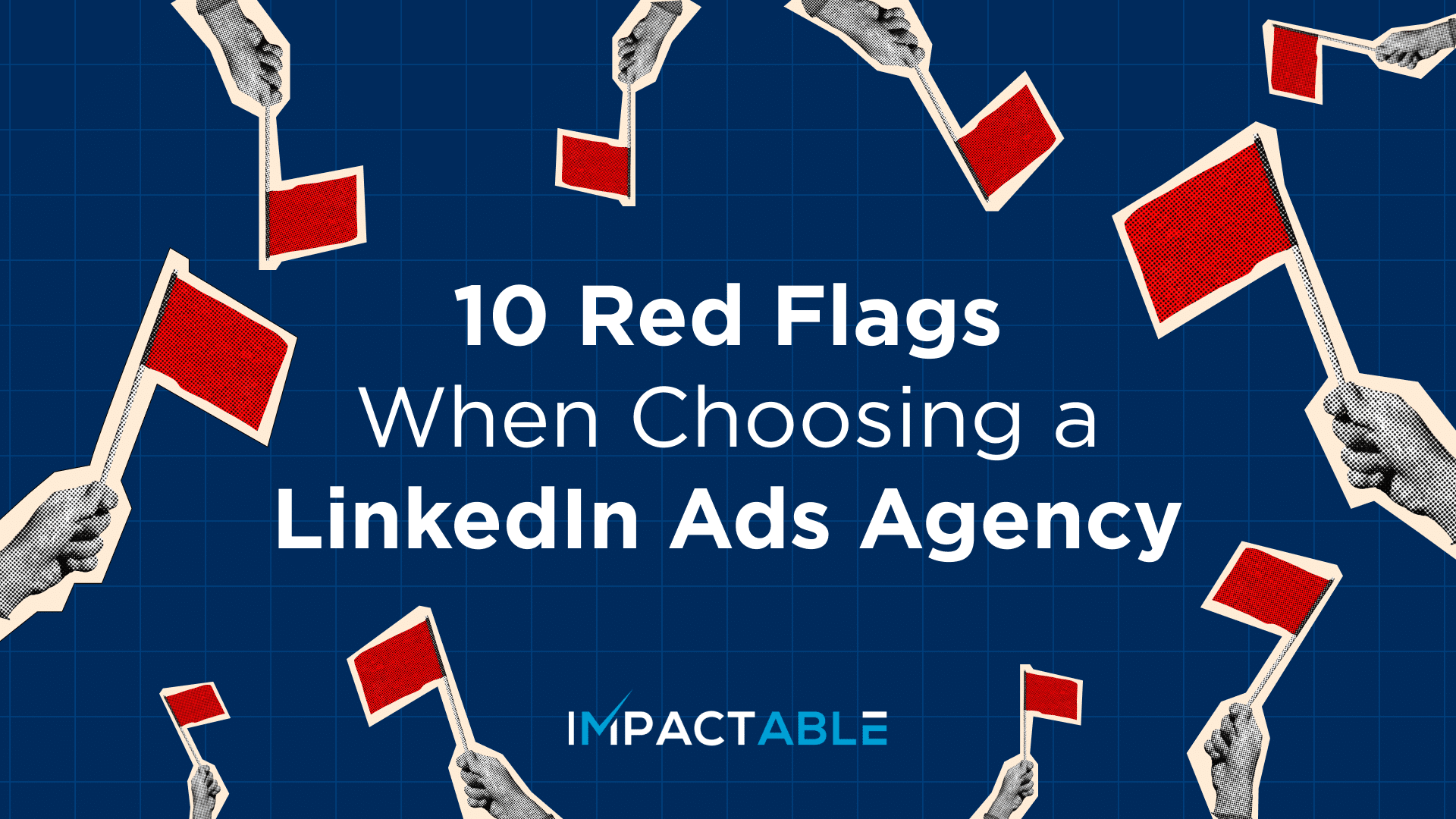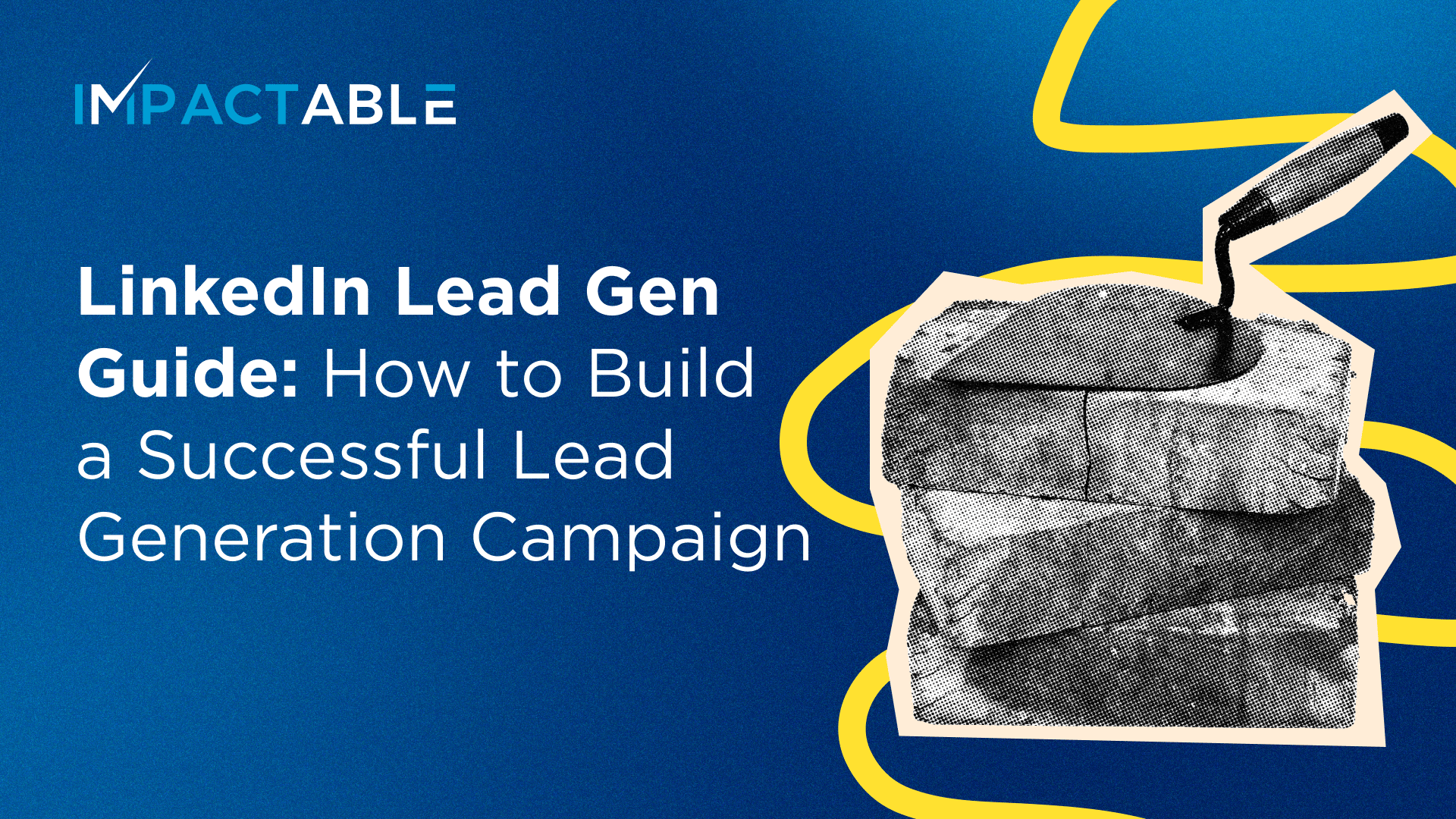LinkedIn, similar to other platforms, lacks the incentive to roll out cost-saving tools. Their primary focus, understandably, is to increase ad spend, and therefore, even highly requested features, such as ad scheduling, are overlooked because the implementation would result in potentially lower ad spend.
As a forward-thinking LinkedIn ads agency, Impactable embraces a unique mindset that differentiates us from others in the industry. While we certainly value our clients’ investment in the platform, our primary mission is to assist them in spending their money wisely. To achieve real, sustained growth, we advocate for strategic resource allocation and maximizing the value of every dollar. Our latest suite of tools within the DemandSense is designed to achieve the following objectives:
- Equip our internal team with enhanced campaign management capabilities so that we can run highly successful ad campaigns for our clients.
- Cater to standalone users and marketers who want to unlock the full potential of LinkedIn ads, even without engaging our managed services.
In this article, we will take you through the key features and benefits of DemandSense, including the many ways the game-changing solution can help take your LinkedIn ads to the next level. Let’s get started!
Table of contents
1. Advanced Reporting for Rich, Actionable Insights
LinkedIn has long been criticized for its inability to provide comprehensive demographic breakdowns; this can be particularly challenging when dealing with campaigns that involve multiple industries, various company sizes, and diverse geographies. In the context of a campaign serving 10 distinct industries, where different company sizes are also targeted (e.g., the company size range of 50 to 1000 employees), discerning the performance of each industry, company size, or geography can be difficult.
LinkedIn’s reporting limitations necessitate the arduous process of micro-segmentation within the ad account—for instance, if there are 10 industries to target, understanding which industry yields the best results would require the creation of 10 separate campaigns, each targeting a different country in order to compare their respective performance. However, our advanced reporting feature within DemandSense resolves this predicament.
By integrating all 10 industries into a single campaign, alongside varying company sizes and geographical parameters, we enable marketers to extract and analyze the relevant data with ease.

Despite the consolidated campaign structure, DemandSense facilitates insightful breakdowns at the demographic level that can translate into agile decision-making, optimized resource allocation, streamlined workflows, and long-term campaign effectiveness. Our cutting-edge solution also delves into the impact of job functions and seniority levels, allowing marketers to tailor messaging to resonate with specific professional roles and decision-making tiers.

2. Enhanced Control Measures to Drive Campaign Success
Ad frequency and ad scheduling play an instrumental role in boosting campaign impact and fueling maximum return on investment (ROI).
Ad frequency is a standard capability offered by most ad platforms, yet currently absent from LinkedIn. It allows marketers to limit the number of times an ad is served to an individual or a specific company. With DemandSense, you can establish thresholds based on impressions or clicks at the account level, which means if a company surpasses the predetermined frequency cap or exceeds a defined number of clicks, they will no longer be exposed to your ads. As a result, you save on ad costs, particularly when (a) dealing with companies that consistently click on your ads without converting or (b) targeting existing customers who no longer require the same level of exposure.
DemandSense also comes with robust ad scheduling capabilities, which, in my experience, has been a highly requested functionality amongst users and marketers. With ad scheduling, you can define the specific days and hours your ads will be active. This level of control ensures that your ads are strategically displayed to your target audience during their peak engagement periods to drive higher engagement rates, click-throughs, and conversions.
Here, I primarily engage in two key activities:
- Closely examining our productivity patterns to identify the most and least fruitful hours of the day and days of the week, based on which I curate a well-crafted ad schedule that ensures our ads are displayed at the right times. This increases our efficiency and eliminates wasteful spending during late-night hours when the chances of a favorable outcome are lower.
- Employing dynamic rotation strategies using ad scheduling for enhanced campaign flexibility. An innovative approach I’ve adopted involves alternating campaigns on a bi-daily basis. Instead of concurrently running two campaigns, I schedule one campaign to be active on Monday, Wednesday, and Friday while the other runs on Tuesday, Thursday, and Saturday. By alternately rotating two campaigns, I can ensure a consistent presence in front of my target audience within the same budget. Moreover, I unlock the flexibility to introduce tailored campaigns that pop up for a few hours on selected days to circumvent LinkedIn’s minimum spend limit of $10 per day. In the past, I have managed campaigns that cost less than $150 for the entire month.
3. Masterful Targeting Options to Maximise Audience Engagement
LinkedIn’s reputation as a go-to platform for advanced targeting is widely recognized. However, at Impactable, we thrive on pushing boundaries and continuously enhancing our capabilities to stay ahead in the game. So, let me walk you through our fundamental recommendations for achieving exceptional targeting results.
Firstly, the Demographics section provides insights into companies interacting with your ads based on impressions and clicks. However, it only displays around 20 records without any archival feature. To overcome this, we designed DemandSense to maintain a record of over 2000 companies that have seen or engaged with your ads. I sort them based on impressions, clicks, or conversion events to narrow down (a) the warmest accounts (a.k.a. leads) for potential sales outreach and (b) understand where my money is predominantly spent.
DemandSense seamlessly integrates with LinkedIn’s ad campaign manager, empowering you to take immediate, data-driven actions. Let’s say you come across a company you’ve spent significant money advertising to, only to discover it’s not an ideal fit. With a simple ‘thumbs down’ selection, you can automatically add them to an exclusion list and fine-tune your audience targeting. Since you have the company size, industry, and geography filters at your disposal, you can also ‘thumbs down’ a campaign performing exceptionally well with a company size of 50 to 200 but yielding no results with a company size of 500 to 1000.
Conclusion
Whether you leverage DemandSense as part of our managed services or as a standalone user, its transformative impact remains unrivaled. No longer bound by inefficiencies and guesswork, you can use the software to seize the reins of your LinkedIn ad campaigns, intelligently allocate your budget, and amplify your reach with pinpoint accuracy. It opens avenues for innovation, creativity, and strategic decision-making for marketers seeking a competitive edge.
Remember, DemandSense was purposefully designed to be user-friendly and accessible to marketers of all levels. Say goodbye to tedious onboarding processes, steep learning curves, and the need for prior technical expertise. Plus, if you ever get stuck, you can always reach out to an Impactable rep for help.
Ready to integrate DemandSense into your LinkedIn ad strategy? Book a demo today.


